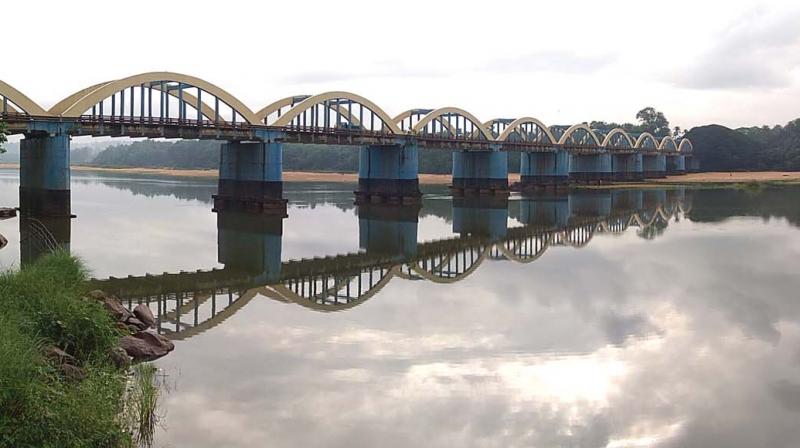Kochi: Monsoon peaks only by August/September now

KOCHI: The monsoon rain pattern is undergoing a serious change in recent times with its intensity increasing towards August and September instead of in traditional June and July, beginning with what old times call Edavappathi.
According to meteorologists, climate change seems to be one reason for this change in pattern.
“Monsoon is a dynamic system, and its distribution undergoes change along with climate change,” said a weather scientist based at Kochi.
“Usually within four or five days of Kerala getting rains, Karnataka also gets the showers of monsoon, but this time it has landed there only by June 23 and not gathering enough strength. This pattern will affect the agricultural pattern in both Kerala and Karnataka and other parts of India,” said the scientist.
“This delay of 23 days for the monsoon to advance towards Karnataka will affect the normal cropping pattern and reflect in GDP in the coming year in a big way. Delay of 23 days along with subdued rainfall is going to affect Karnataka, Telangana and Maharas-htra in a big way. Much of the moisture in the atmosphere was taken away by ‘Vayu’ in the initial phase with most parts, except Kerala, not getting rains. That time the rains mostly occurred in the Arabian Sea and not on the land mass,” said the scientist.
According to agriculture experts, paddy farmers traditionally start sowing by mid-June in several parts of South India which has taken a beating this time and will affect paddy harvesting and rice production. Rainfall in September affects flowering in Nutmeg. Often, the dry spell between the two monsoons is lost, and this is likely to affect many other crops apart from paddy.
The weather scientist said that there are years during which initial deficiency in rainfall is compensated in later months.
“Last year there was a decline in September after heavy rain in August, and this year it seems rain will gather strength in the later phase of monsoon,” said the scientist.

